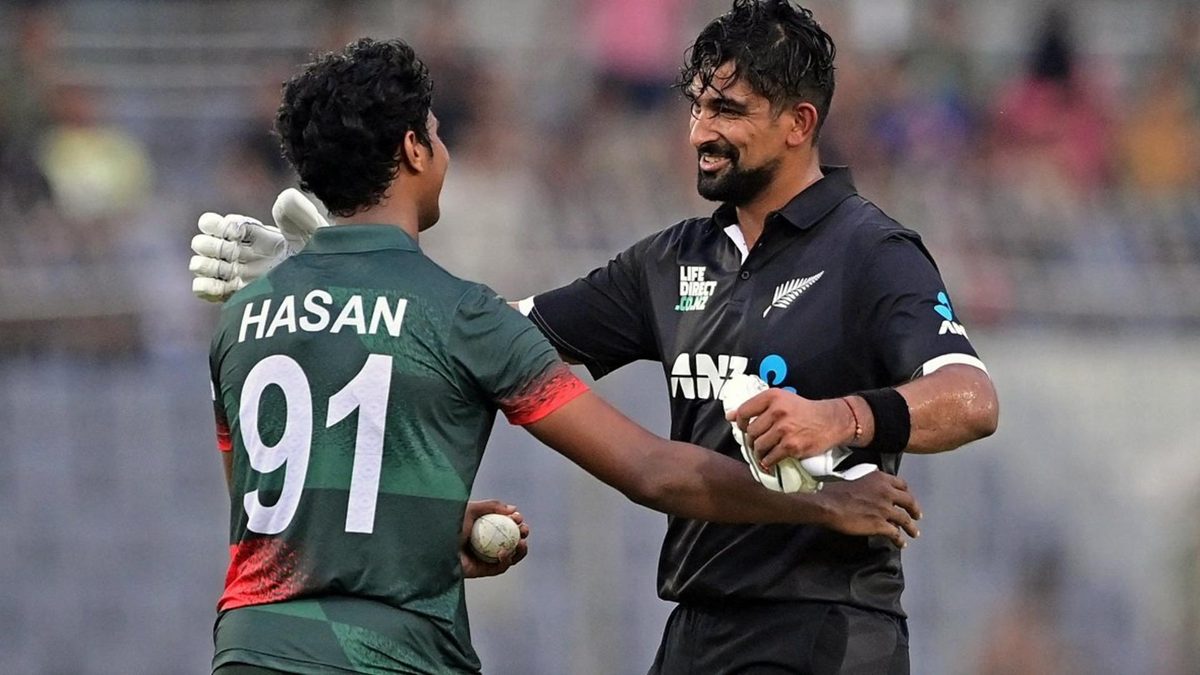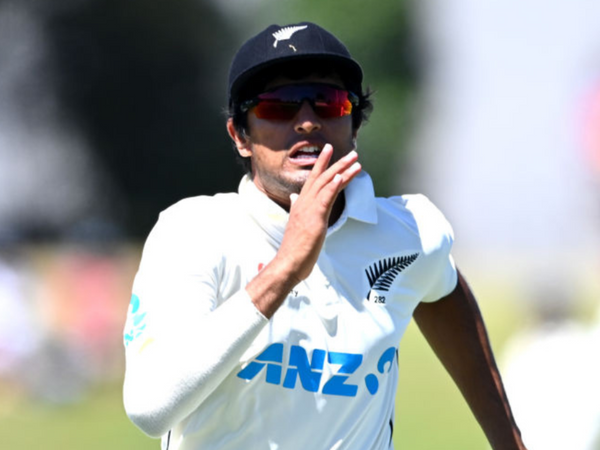
Litton Das recalled Ish Sodhi during the second Bangladesh-New Zealand ODI at Mirpur dividing opinions yet again. The act perhaps does not deserve the plaudits it received, writes Abhishek Mukherjee.
The Laws of Cricket empower bowlers to run out non-strikers who leaves the crease prematurely. As we have discussed in these pages, there was no stigma associated with the dismissal for well over a century after Thomas Barker enacted the first recorded incident in first-class cricket.
The MCC issued a statement the day after Deepti Sharma ran out Charlie Dean at Lord’s: “MCC’s message to non-strikers continues to be to remain in their ground until they have seen the ball leave the bowler’s hand”.
A week later, they moved the mode of dismissal from Law 41 (Unfair play) to Law 38 (Run out) in almost certainly an effort to further destigmatise the dismissal.
Over the next year, bowlers attempted it at the BBL (Adam Zampa), the Under-19 World Cup (Zaib-un-Nisa), the IPL (Harshal Patel), and senior international cricket (Fazalhaq Farooqi). The examples are not exhaustive.
At the same time, James Anderson, Stuart Broad, and Ish Sodhi, among others, made it clear that they would not run out a batter that way. Mitchell Starc actually let Theunis de Bruyn get away with warnings.
Cricket is still divided in opinion, but the attempts have certainly been more frequent, perhaps because bowlers can see – to quote Tamim Iqbal – “it is like a bowled out.”
All dismissals are indeed treated equally by the Laws of Cricket: neither is more equal than the other. Some may point out that it involves little skill, but then, so do dismissals like obstructing the field, hit the ball twice, or timed out, all of which exist to deny batters unfair advantage.
Whether the particular mode of dismissal will become more frequent over time is something only the future can tell. However, over the past year, a new practice has emerged.
There have been at least three instances of captains withdrawing appeals in international cricket after the umpires had ruled out, by Shafali Verma, Rohit Sharma, and – most recently – Litton Das.
The list of bowlers issuing a warning, or not even trying to run out the non-striker, is long. Some instances are reasonably well-known: Vinoo Mankad and Kapil Dev both issued warnings before running out the non-strikers, while Courtney Walsh, Chris Gayle, Katherine Brunt, and, recently, Starc stopped at warning.
Until Sharma ran out Dean, however, the only high-profile instance of a captain overturning a bowler’s act was of Virender Sehwag, who withdrew an appeal against Lahiru Thirimanne in 2012 after R Ashwin ran him out.
Captains have recalled batters before Sehwag, even at the highest level. Mike Brearley’s admission to being unsure of a catch off Iqbal Qasim at Lahore in 1977/78 denied Geoff Cope a hat-trick on Test debut. Gundappa Viswanath’s recalling of Bob Taylor in the Jubilee match of 1979/80 almost certainly cost India the match.
While similar in essence – the captain’s conscience working against the interest of their own team – the acts by Sehwag, Verma, Rohit, or Das are different from that by Brearley or Viswanath.
The television umpire came into being in 1992. DRS was experimented with at the 2002 Champions Trophy, introduced to international cricket in 2008, and was accepted by all major teams as late as in the last decade.
Until then, it was impossible for umpires to provide a verdict on catches taken close to the ground. They often relied on the fielding side’s conscience (or on that of batters who walked). The umpire’s decision hinged on the fielding side, particularly their captain.
Some, like Brearley and Viswanath, were willing to aid the umpires even if it meant hurting their team’s cause. Others, like Warwick Armstrong, believed that “the more you play this game, the more you will find out that you will be given out many times when you are not out and vice versa”.
The recent incidents are unlike these. Consider the Mirpur ODI (played on the day before the first anniversary of Sharma’s run out of Dean): Hasan Mahmud ran out Sodhi; the television umpire ruled a run out; but Das recalled Sodhi (it is not clear why he waited for the verdict).
The umpire’s decision did not depend on Das’s act, for Sodhi had already been ruled out as per the Laws. Unlike Brearley or Viswanath, Das did not assist the umpires: he withdrew an appeal after the umpires had reached an unambiguous opinion.
There is, of course, the counterargument that the captains did not do anything the Laws of Cricket do not permit. While true, it does not alter the fact that an individual choosing to withdraw appeals harm their own team’s cause, thereby contravening a basic principle of team sport.
The views of Tamim, who would have been in charge but for two dramatic days in July, are more in tune with the team-over-individual principle: “Whether we take it or not, it is the team’s call … I think we should discuss as a team if we want to do it or not.”
One can still understand aiding the umpire in pre-technology era, but in this case, withdrawing appeals do not serve any purpose other than hurting one’s own team’s cause and letting a teammate down.
It is not clear why Sehwag, Rohit, Verma, or Das did what they did. Perhaps they considered it “not cricket” – a term that has surfaced throughout history to describe cross-batted strokeplay, the googly, and reverse swing.
The 1900 Wisden Almanack criticised the Lord’s crowd because they “forgot their manners”. In reality, their “unseemly demonstration” involved “cheering ironically when a run was obtained” and whistling Dead March in Saul during a particular slow phase of Australia’s tour match against Middlesex.
The definition of what is ‘cricket’ – why should one sport be morally superior to others anyway? – and what is ‘not cricket’ has changed over time. In this case, it has come the other way, for no stigma had been associated with the sport – or the mode of dismissal in question – for at least the first century of cricket, and at this point, seems to stand on the brink of acceptability.
Some may celebrate Das for upholding the Spirit of Cricket, but even the Sprit, as defined by Preamble to the Laws, instructs cricketers to, among other things, “respect your … team-mates” and “accept the umpire’s decision.”








